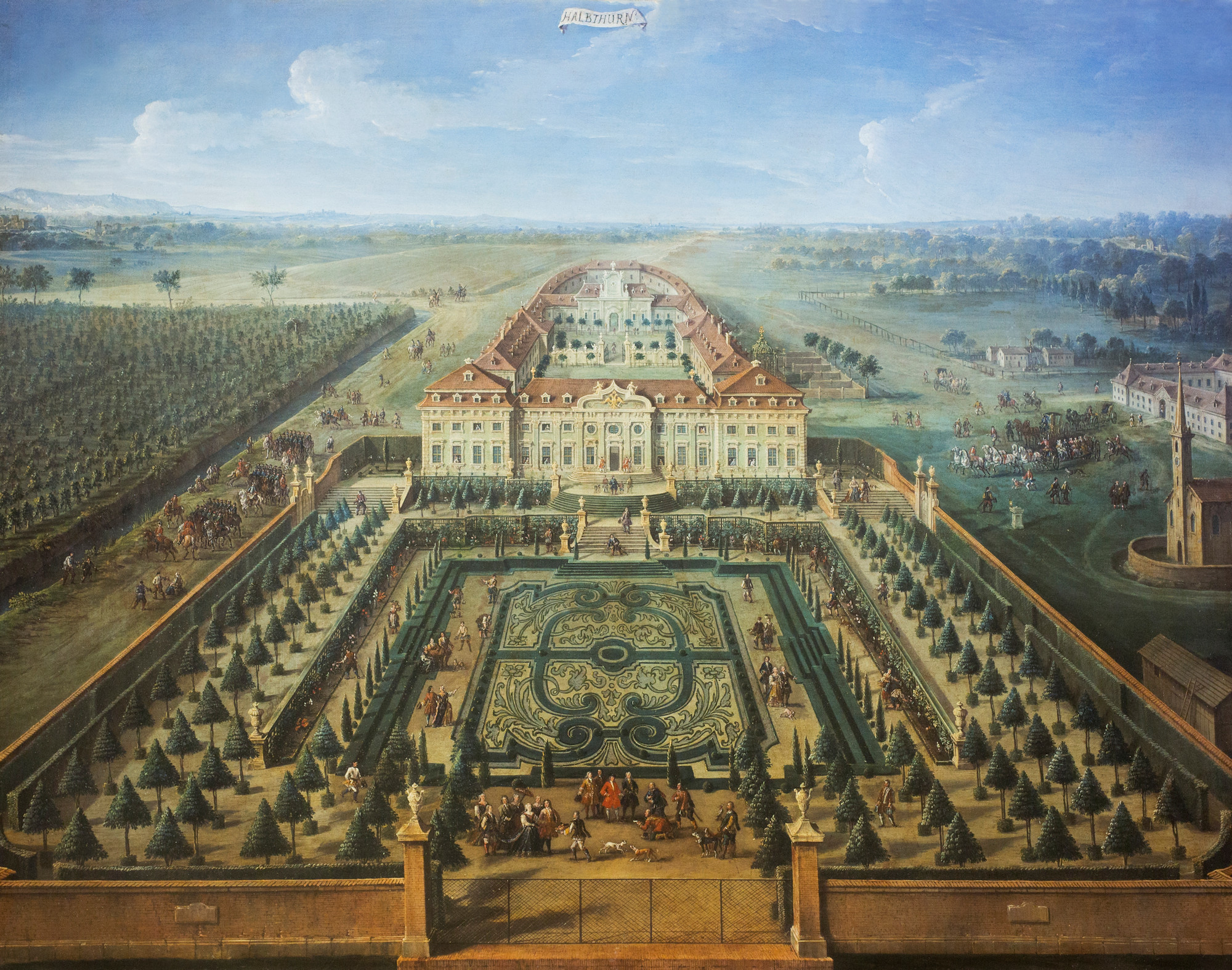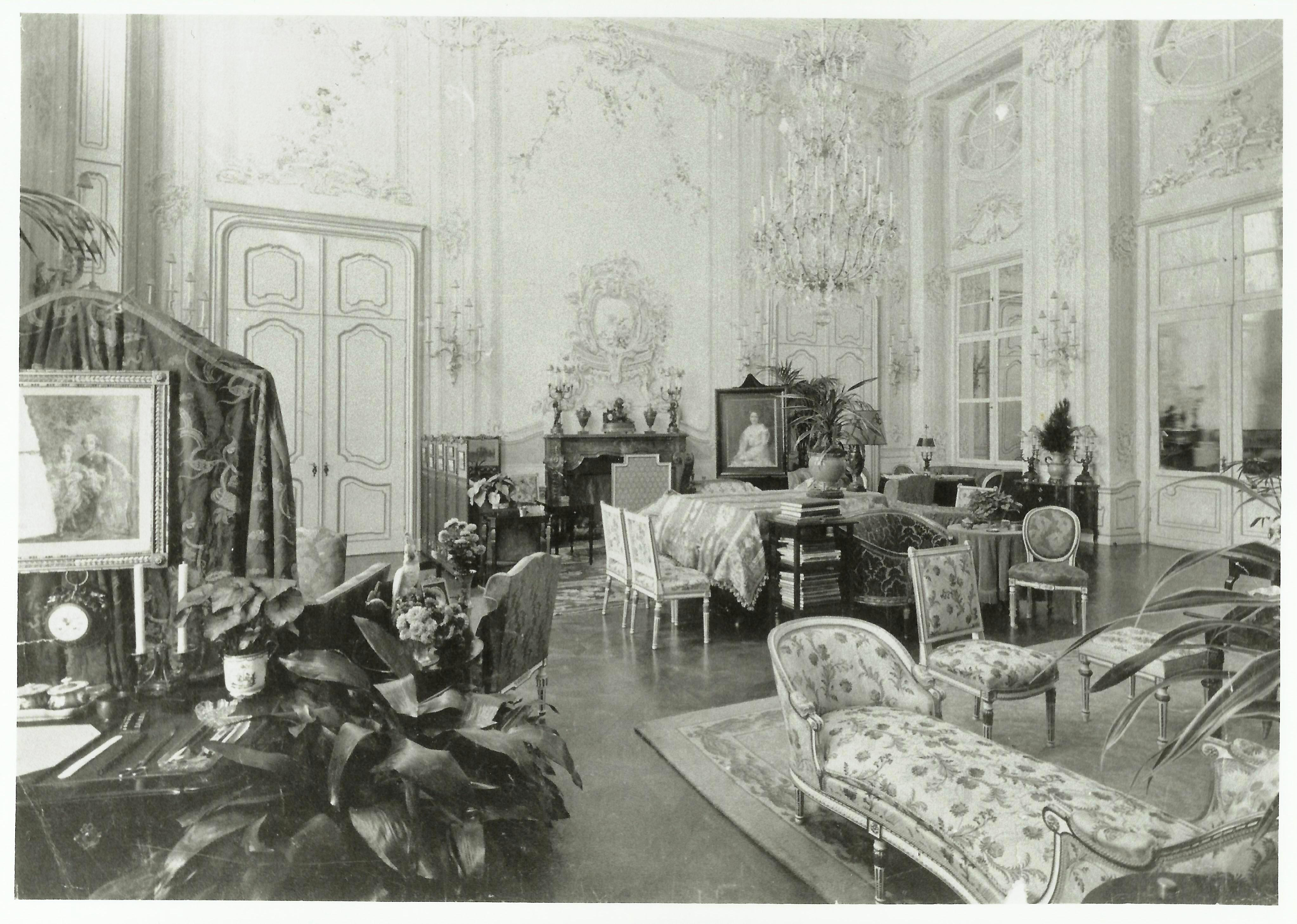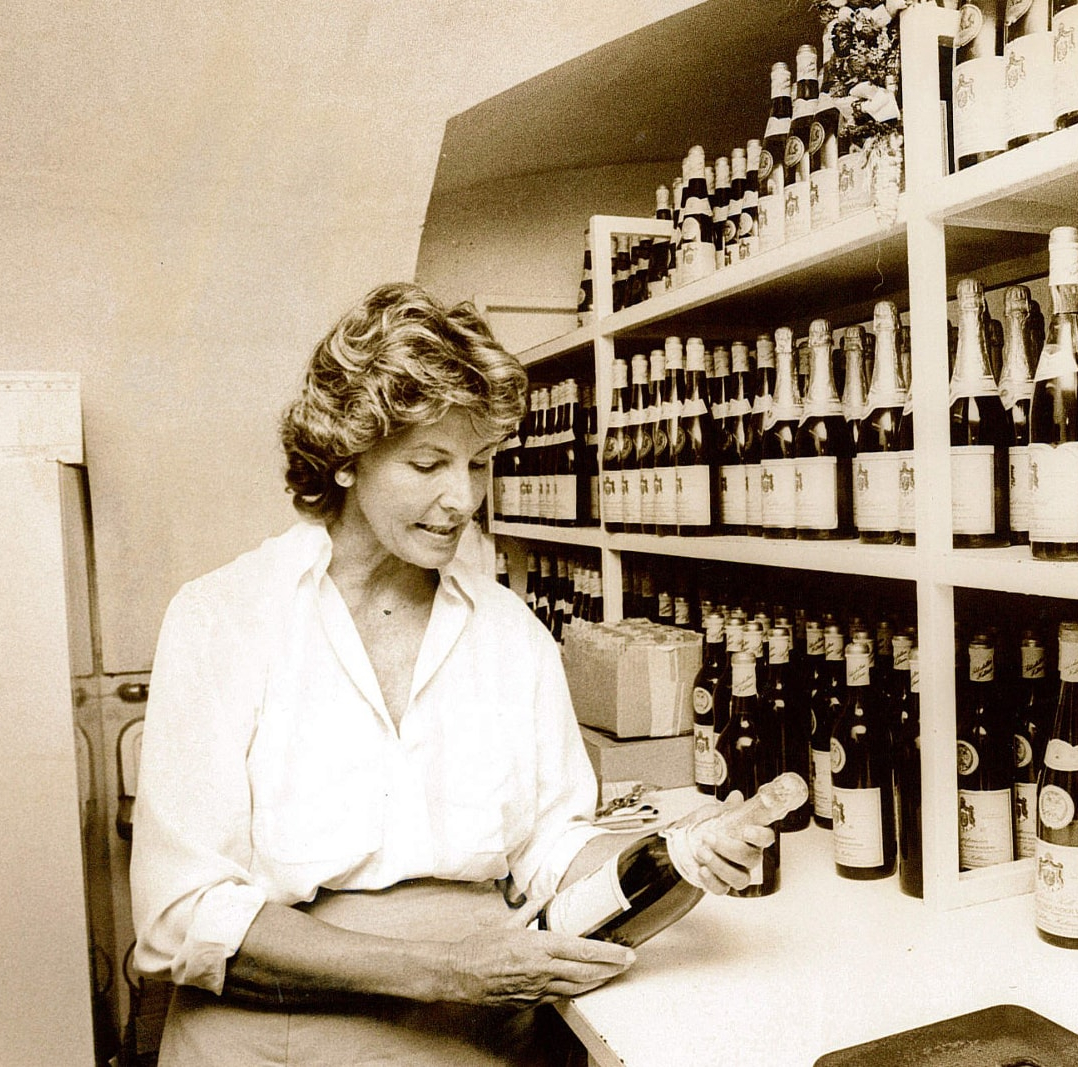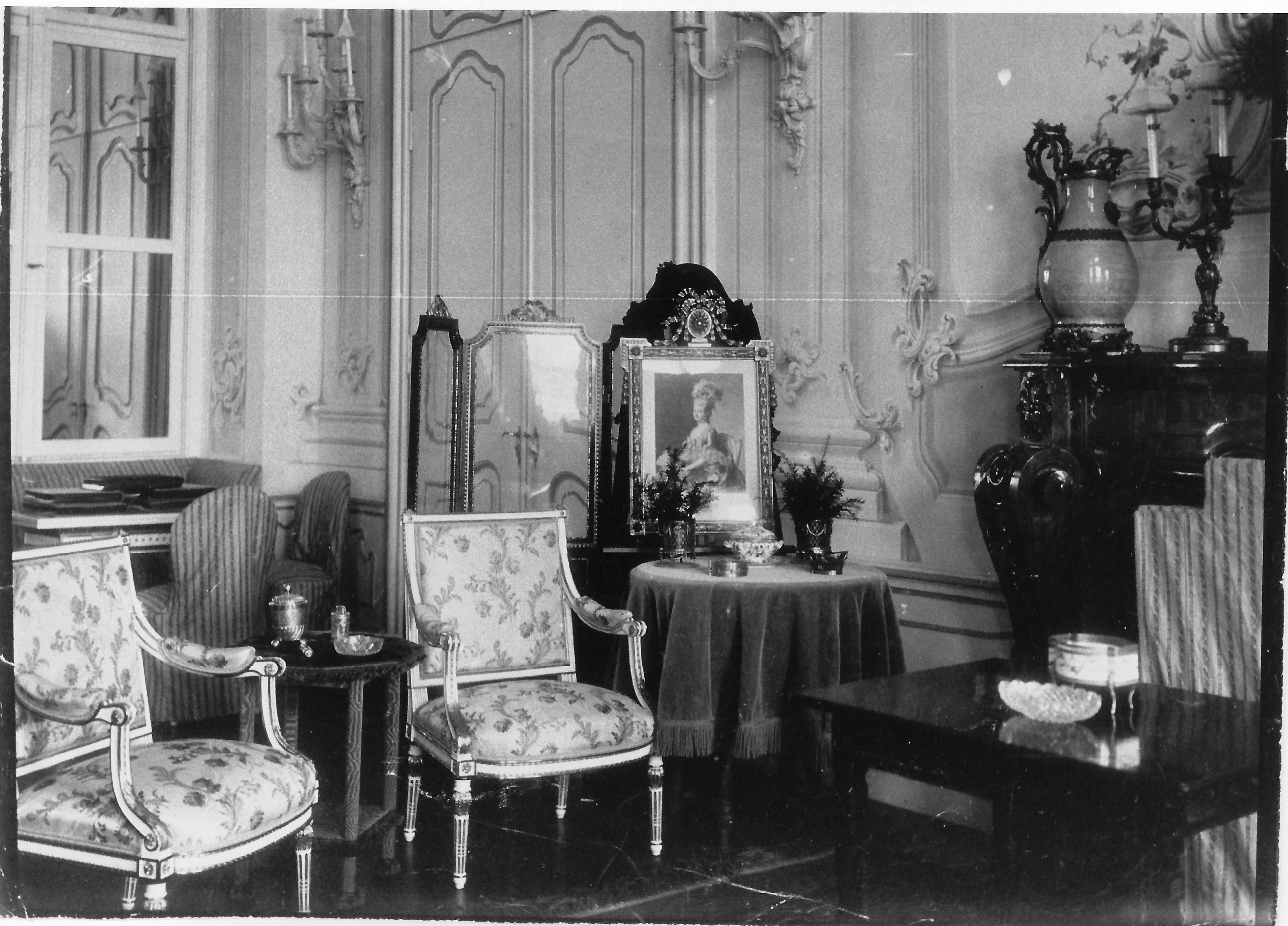
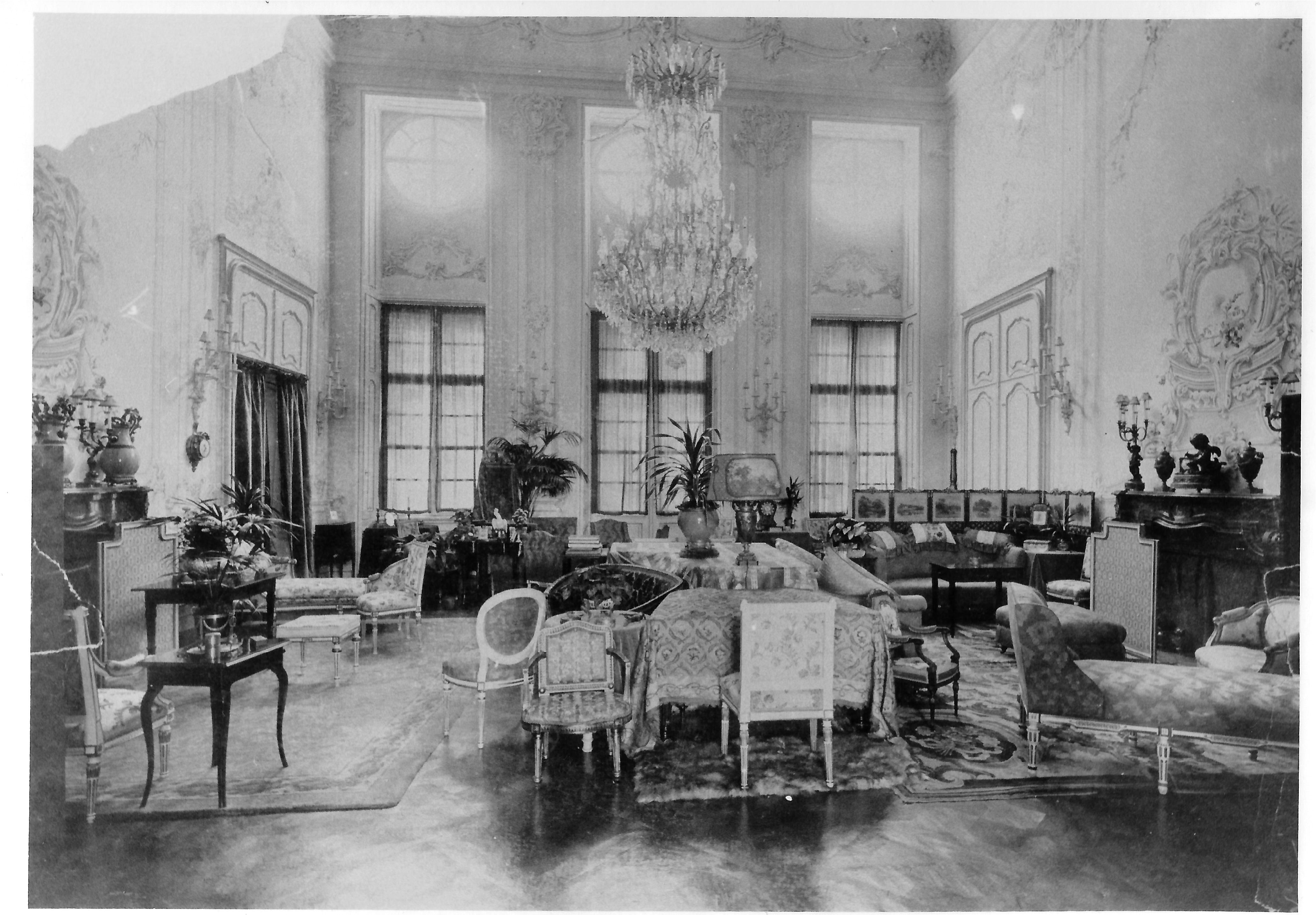
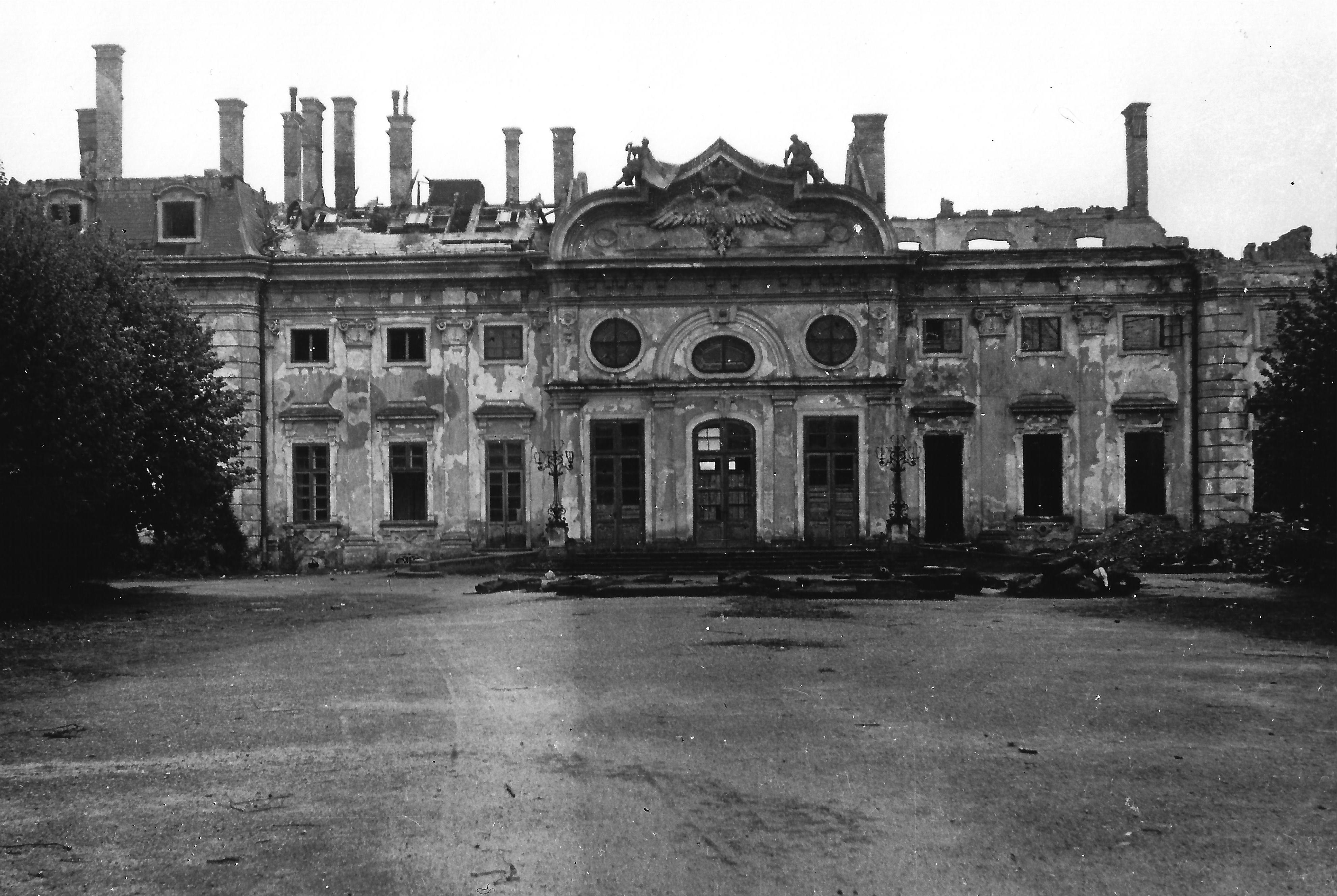

Schloss Halbturn History
1015 The Austrian count family of Poth acquires several estates in former Western Hungary.
1209 The estates are united to Hungarian-Altenburg (Magyaróvár).
1214 The Hungarian-Altenburg dominion acquires the first vineyards through the purchase of 14 curia (farmsteads) in Jois (Jungenberg).
1324 After the extinction of count Poth line, all the possessions became the property of the Royal Hungarian Kammergut.
1522 Emperor Ferdinand I. invades Hungary to assert his right to rule. He hands over the entire rule of Hungarian Altenburg to his sister Queen Maria of Hungary as a widow's seat.
1524 The dominion of Hungarian-Altenburg receives the privilege of the designation of origin for the vineyards.
1540 After fleeing from the Turks in Budapest, Queen Mary of Hungary takes over her widow's seat at Halbturn Palace together including the Hungarian-Altenburg estate and thus her royal horses also find a new home in Halbturn.
1711 Halbturn Palace is built by Lucas v. Hildebrandt, one of the most important representatives of late baroque architecture, during the reign of Emperor Charles VI., who used the palace mainly as a hunting and summer residence. The park was planned and laid out under his creative hand between 1724 and 1727.
1717 The imperial stud farm Halbturn is newly founded and provides, besides Kladrub and Lipizza, the horses for the Spanish Riding School in Vienna.
1724 The construction of Halbturn Palace is completed.
1740 The emperor falls ill during one of his hunting stays in Halbturn and dies a week later in Vienna. His daughter Maria Theresa becomes the first and only woman to take over the regency of the great Habsburg Empire and has her architect Anton Hillebrand carry out extensive renovations to the palace.
1746 Emperor Franz I., husband of Empress Maria Theresa, acquires the dominion of Hungarian-Altenburg from the Hungarian crown.
1765 Empress Maria Theresa inherits the reign including the palace after the death of Emperor Franz I. and in the same year gives Halbturn Palace to her favorite daughter Archduchess Maria Christina. Empress Maria Theresa has the famous ceiling fresco by Franz Anton Maulpertsch made as a wedding present for her daughter and her groom, Duke Albert Kasimir of Saxe-Teschen.
1798 After the death of Archduchess Maria Christina, the estate passes into the possession of her husband Duke Albert Kasimir of Saxe-Teschen, a great patron of the arts, important art collector and founder of the "Albertina" in Vienna.
1822 After the death of Duke Albert Kasimir of Saxe-Teschen, his son, Field Marshal Archduke Carl, the victor of Aspern against Napoleon, receives the property, including the dominion of Hungarian-Altenburg/Halbturn, thus becoming the wealthiest member of the Habsburg dynasty.
1846 The vineyards of Schloss Halbturn in Jois and Neusiedl are planted out for the first time and the cellar in Jois is modernized.
1847 Archduke Albrecht receives the property from his father, Field Marshal Archduke Carl. Through Archduke Albrecht, the reign experiences times of modernization and economic success.
1878 The castle burns for the first time and the building is only newly covered with a tin roof.
1895 Archduke Friedrich of Austria-Teschen accepts the huge inheritance of his uncle Albrecht and in the course of time becomes one of the richest men in the monarchy. He has Halbturn Palace generously rebuilt so that it can be inhabited all year round. The palace park is also extended and redesigned in the English style. Halbturn becomes a residence alongside the Albertina in Vienna, the Weilburg in Baden and the Palais Grassalkovich in Bratislava. His wife, Archduchess Isabella, has the first tennis court in the monarchy and her own racecourse for training horses built in the Halbturn palace park.
1936 After the death of his father, Archduke Friedrich, Archduke Albrecht II. inherits the assets remaining in the family and the properties that were preserved in Austria and Hungary after the expropriation in World War I.
1942 On 8th of February 1942 a second fire destroys the so-called clock wing between the 2nd and 3rd courtyard of Halbturn Palace. This part of the building is not rebuilt.
1949 On 11th of August 1949 the uninhabited main castle goes up in flames. Only the central part of the main building, including the fresco by the famous baroque painter Franz-Anton Maulpertsch, can be saved.
1956 After the death of Archduke Albrecht II., his nephew, Baron Paul Waldbott-Bassenheim, inherits the property of Halbturn Palace, which covers almost 3,000 hectares.
1960 Baron Paul Waldbott-Bassenheim recognizes the potential of the soils on his property and establishes a 40-hectare vineyard site at the Wittmannshof, in the immediate vicinity of Halbturn Palace. This site is today the largest contiguous vineyard site in private ownership.
2001 On the initiative of Baroness Marietheres Waldbott-Bassenheim, Markus Graf zu Kœnigsegg-Aulendorf, nephew of Baron Paul Waldbott-Bassenheim, initiates the restructuring and reorientation of the winery. An internationally experienced team is formed in Weingut Schloss Halbturn and 40 ha of the 50 ha of vineyards are cleared and replanted and a cellar in the Bordeaux style (Chai) is built.
2009 After the death of Baron Paul Waldbott-Bassenheim, Weingut Schloss Halbturn passes into the ownership of the current owner families Markus Graf zu Koenigsegg-Aulendorf, Maximilian Erbgraf zu Koenigsegg-Aulendorf and Dieter Hoffmann-Unzog (CEO). This is the beginning of a visionary path in the world of wine.
